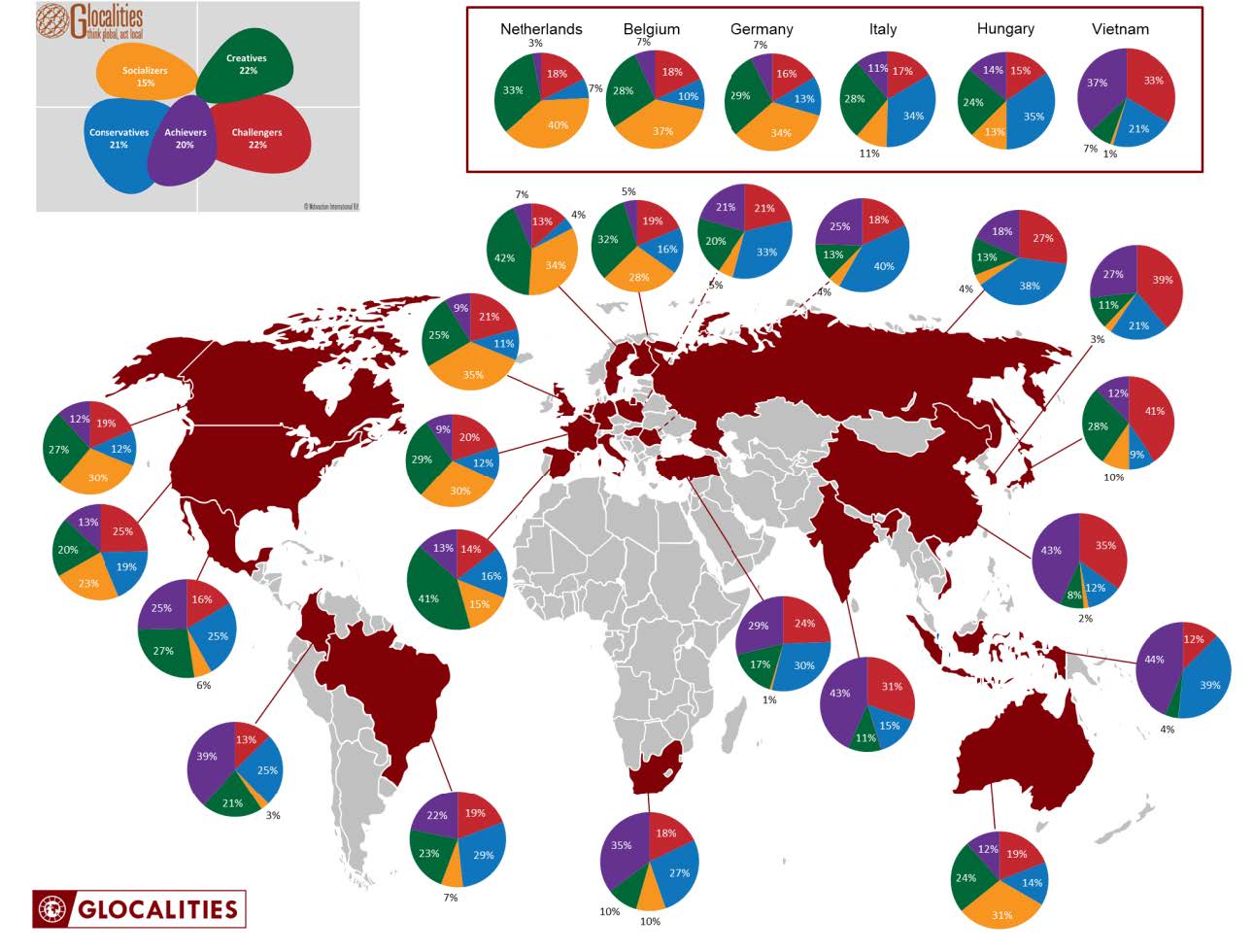Audiences
So, you know how important narratives are and you have an idea of how they fit in your strategy. Now what about the people who are the audiences for those narratives?
How do I group audiences depending on my strategy?
Do you know what role different audiences play in your strategy?
Hopefully your strategy (whether it is a communications strategy or a wider Theory of Change) already gives you a good idea of different people, organisations, or institutions that you need to influence to make the change you want.
A common mistake is to get stuck trying to prioritise a single audience, and because all of them feel important, you end up merging them into one big, unhelpful group. Instead, try splitting them up into how they are important to you. Are they targets of your campaigning, or are they people you need to mobilise, or persuade, or just work around?

Still not sure what a Theory of Change is or how to do your own?
The DIYToolkit has a video and page explaining Theory of Change, as well as a template that you can use to fill in.
This includes audiences, but it is not specifically designed for communications and narrative, you can use this for almost any social change project.
Does your strategy still have one big group called ‘the public’?
The ‘public’ is too broad an audience – it is almost like saying ‘everybody’.
One way to divide that huge group into more something more manageable is to segment groups by how much they support or oppose our cause:
‘The Choir’ are your members and activists that are working with you.
‘The Base’ are your supporters (although don’t take them for granted as they can always find other things to do).
‘The Persuadable’ middle are perhaps the most important group as they are uncertain, and often conflicted, about your issue.
‘The Opposition’ are those that tend to disagree with what you are saying and doing but are not as intransigent in their opposition as the ‘Unreachables’.
What do I need to understand about these audience groups?
If you have worked out which groups of people you need for your strategy, and have an idea of how much they support or oppose our cause, the next step is to understand them more as people, rather than as categories.
Try to understand your audiences by looking at them through different lenses – click the tabs at the top to switch to different lenses. ⇑⇑

Understanding our audiences’ identity (or identities) is important for understanding how they will react to narratives about our issue:
Who are they to their family, friends, colleagues? How do they see themselves? As well as ‘demographics’ (gender, ethnicity, etc) think about the less obvious – but still important – markers of our identity such as hobbies and social tribes.

Values are our fundamental beliefs of what is important. They motivate our attitudes and actions in almost everything we do.
Social psychologists have mapped the values below and claim that everyone has them in some way – just at different strengths. Different values can be helpful or harmful to our causes, and narratives can strengthen or weaken those values, like exercise strengthens a muscle.
We need to know where the narratives that influence our audiences are being spread – those will be our battlegrounds to try and push back with our winning narratives. This is not just about the largest platforms (mainstream media and social media) but also who they trust.
Are they influenced by the people they know? The celebrities they admire? Or by something they see everyday on the street or at work?

How do you remember and act on all these insights?
It is helpful to write down these insights into a ‘persona’ for each of your priority audience groups. Then you have a character who you can keep returning to during your narrative work and challenge yourself: “Does this work for [Sara]?”
The Mobilisation Lab’s Campaign Accelerator has a useful exercise and template for creating a persona (specifically for an issue) and then a role-play exercise to get used to actually using the persona in your day-to-day narrative work.
What audiences groupings do we already have on our issue?
This is an example of one type of audience research, from research firm Glocalities, who do an annual world survey of audience values. As you can see below, they have grouped audiences by certain types of personalities (linked to social ‘tribes’) but they also have insights on their demographic identities, their values, and specific data on their opinions about SRHR issues.










How could you use this existing audience research? If you are in one of the 27 countries that Glocalities have data (see map below) then these four audience segments could help you understand your target audiences a bit better. Even if this kind of data is not available in your country, could this example help you start the process of grouping your audiences by a combination of their identity/ies, values, and influences?

Well done, this is the end of the audiences module.
…but if you now know how to group audiences, understand them through different lenses, and prioritise those you need to win over with better narratives, how do you understand the narratives that are currently influencing them?
In the next module we will look at how to analyse those existing narratives.






